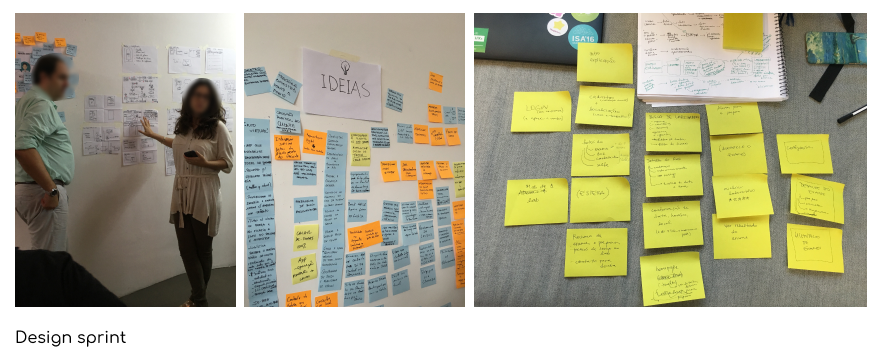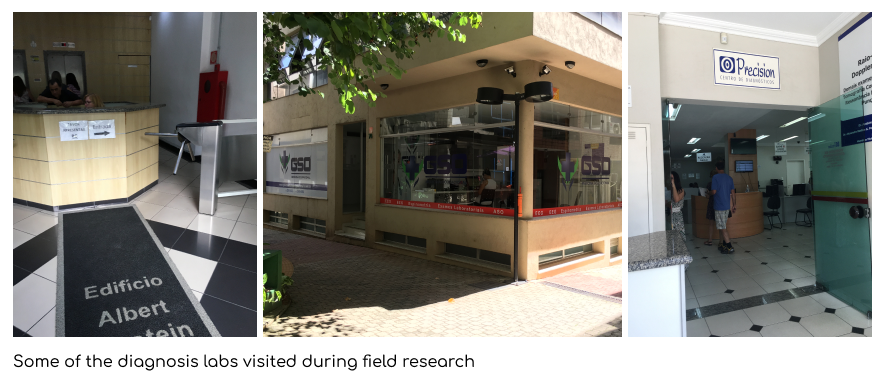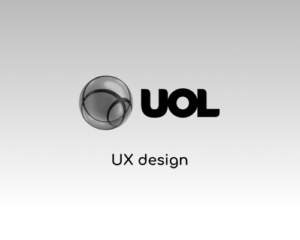Round Pegs – Sara for Doctors
2017
Background
The project was sponsored by Dasa, a Brazilian company that unites 25 different brands of medical labs all over the country. Sara for Doctors was a project targeting medical doctors to track their patients’ exams. Doctors have trouble getting a broad outlook of their patients’ medical history. It’s common for past medical exams to get lost, and exams asked for by other doctors are not always accessible.
Challenges
Understanding the most valuable and relevant information and data the doctors need and the best ways to show this information.
Integrating various databases and diagnosis service centres.
Goals
Put together, on one platform, all the patient’s medical exams, unattached to the diagnosis medical lab so that doctors could access the person’s medical exams history.
Work process
1. Design Sprint
We started the project with a design sprint to map the medical exam process, from the first appointment with the doctor, the exams’ requests, the scheduling process (and not forgetting to do them), and the delivery of the results.
The design sprint had the participation of medical doctors, service centres’ and health insurance employees. During the week’s workshops helped identify pain points, key personas and design and prioritise solutions.
2. User interviews and usability tests
We prototyped an app and tested it with several doctors and lab professionals.
We got interesting feedback about the interfaces. We tested graphic data presentations, like bar charts or pie charts, but we found that doctors instead prefer checking numbers on tables as frequently they’re dealing with slight differences in numbers, and graphics are not so useful.
We could analyse the concept’s relevance, resources, and data format within the tests.






My role
UX designer and facilitator.
I facilitated the design sprint, designed and prototyped the first version, and conducted usability tests and user interviews. The project was executed in partnership with Bruno Falabella.
Outcomes
The interviewed doctors appreciate having a unique platform to consult all patients’ exams. But although the concept was quite attractive, materialise the project would demand a high level of service integration, elevating development costs.




